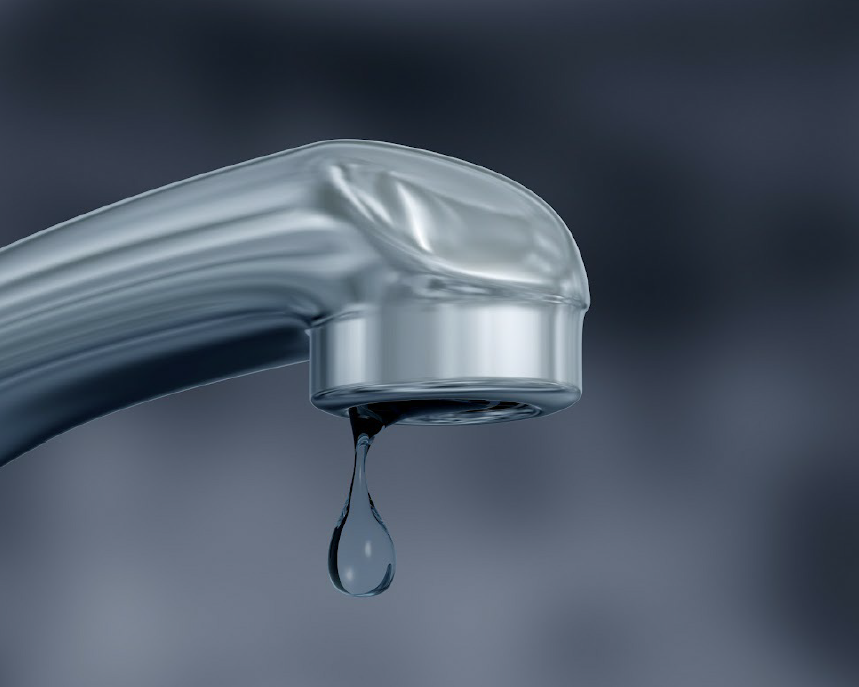6 Ways to Discover Concealed Water Leakages in Your Home
6 Ways to Discover Concealed Water Leakages in Your Home
Blog Article
We've noticed the article about Leaking water lines below on the web and figured it made perfect sense to share it with you over here.

Early discovery of leaking water lines can alleviate a prospective disaster. Aside from conserving you money, it will reduce the worry and aggravation. The moment you discover a leak, calling your plumber for fixings is the very best option. Some little water leakages might not be visible. If you can not detect it with your naked eyes, right here are some hacks that help.
1. Analyze the Water Meter
Examining it is a guaranteed method that aids you discover leakages. If it relocates, that indicates a fast-moving leakage. This means you might have a slow leak that can also be below ground.
2. Check Water Usage
If you identify unexpected changes, in spite of your usage being the exact same, it means that you have leaks in your plumbing system. An abrupt spike in your costs suggests a fast-moving leak.
A steady increase every month, even with the same habits, reveals you have a slow-moving leak that's also slowly rising. Call a plumber to completely check your residential or commercial property, specifically if you really feel a cozy location on your flooring with piping underneath.
3. Do a Food Coloring Examination
30% comes from commodes when it comes to water intake. Test to see if they are running effectively. Decrease flecks of food color in the container and also wait 10 minutes. There's a leakage in between the storage tank and bowl if the shade somehow infiltrates your bowl during that time without flushing.
4. Asses Outside Lines
Don't fail to remember to examine your exterior water lines too. Ought to water seep out of the connection, you have a loose rubber gasket. One tiny leak can squander heaps of water and increase your water expense.
5. Evaluate as well as Assess the Circumstance
Property owners need to make it a habit to check under the sink counters as well as also inside cupboards for any bad odor or mold growth. These 2 red flags show a leakage so punctual attention is called for. Doing routine inspections, even bi-annually, can save you from a major issue.
If you recognize your house is already old, maintain a careful eye on your heating units, tubes, pipelines and so on. Look for stainings as well as damaging as most pipes and home appliances have a life expectancy. They will certainly also normally deteriorate as a result of tear as well as put on. Do not wait for it to rise if you believe dripping water lines in your plumbing system. Call a specialist plumber right away so you do not wind up with a terrible mess in your house.
Early discovery of dripping water lines can alleviate a prospective catastrophe. Some tiny water leaks may not be visible. Checking it is a guaranteed way that helps you discover leakages. One little leakage can squander heaps of water and also spike your water expense.
If you believe leaking water lines in your plumbing system, don't wait for it to escalate.
WARNING SIGNS OF WATER LEAKAGE BEHIND THE WALL
PERSISTENT MUSTY ODORS
As water slowly drips from a leaky pipe inside the wall, flooring and sheetrock stay damp and develop an odor similar to wet cardboard. It generates a musty smell that can help you find hidden leaks.
MOLD IN UNUSUAL AREAS
Mold usually grows in wet areas like kitchens, baths and laundry rooms. If you spot the stuff on walls or baseboards in other rooms of the house, it’s a good indicator of undetected water leaks.
STAINS THAT GROW
When mold thrives around a leaky pipe, it sometimes takes hold on the inside surface of the affected wall. A growing stain on otherwise clean sheetrock is often your sign of a hidden plumbing problem.
PEELING OR BUBBLING WALLPAPER / PAINT
This clue is easy to miss in rooms that don’t get much use. When you see wallpaper separating along seams or paint bubbling or flaking off the wall, blame sheetrock that stays wet because of an undetected leak.
BUCKLED CEILINGS AND STAINED FLOORS
If ceilings or floors in bathrooms, kitchens or laundry areas develop structural problems, don’t rule out constant damp inside the walls. Wet sheetrock can affect adjacent framing, flooring and ceilings.
https://www.servicemasterbyzaba.com/blog/how-to-detect-water-leakage-in-walls/

As a fervent reader about Locating water leaks, I figured sharing that piece of content was mandatory. Do you know about someone else who is excited by Hacks to detect leaks? Please feel free to promote it. Thank you so much for going through it.
Report this page